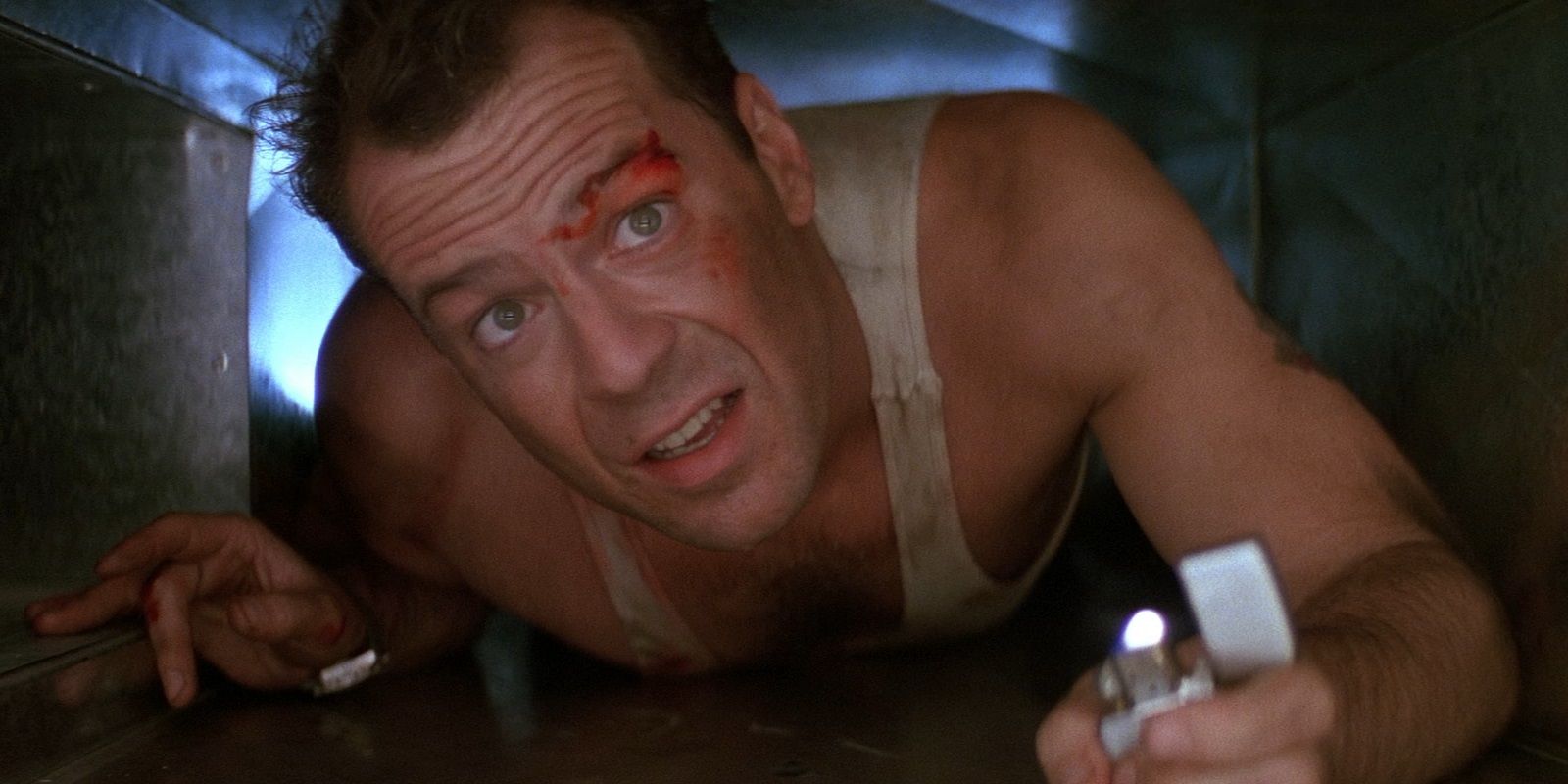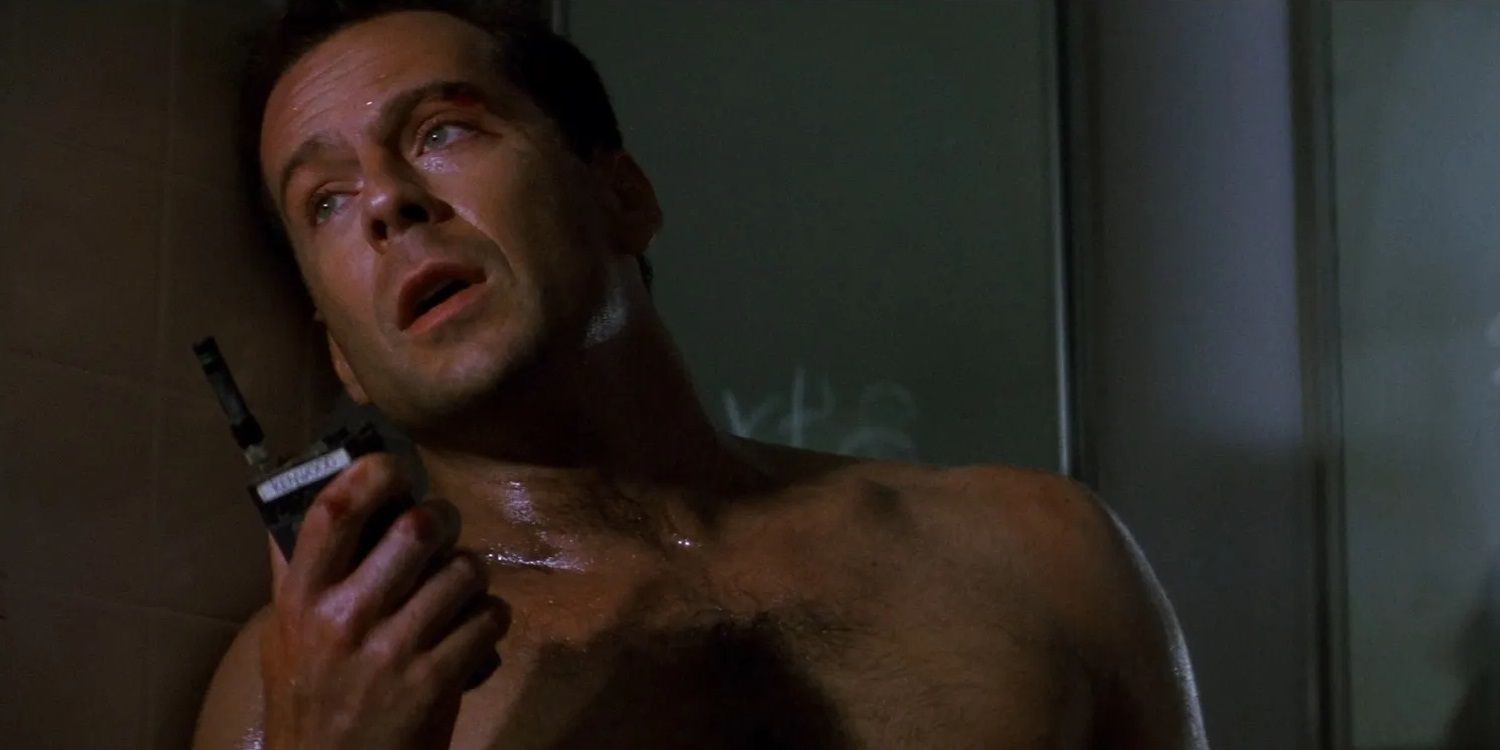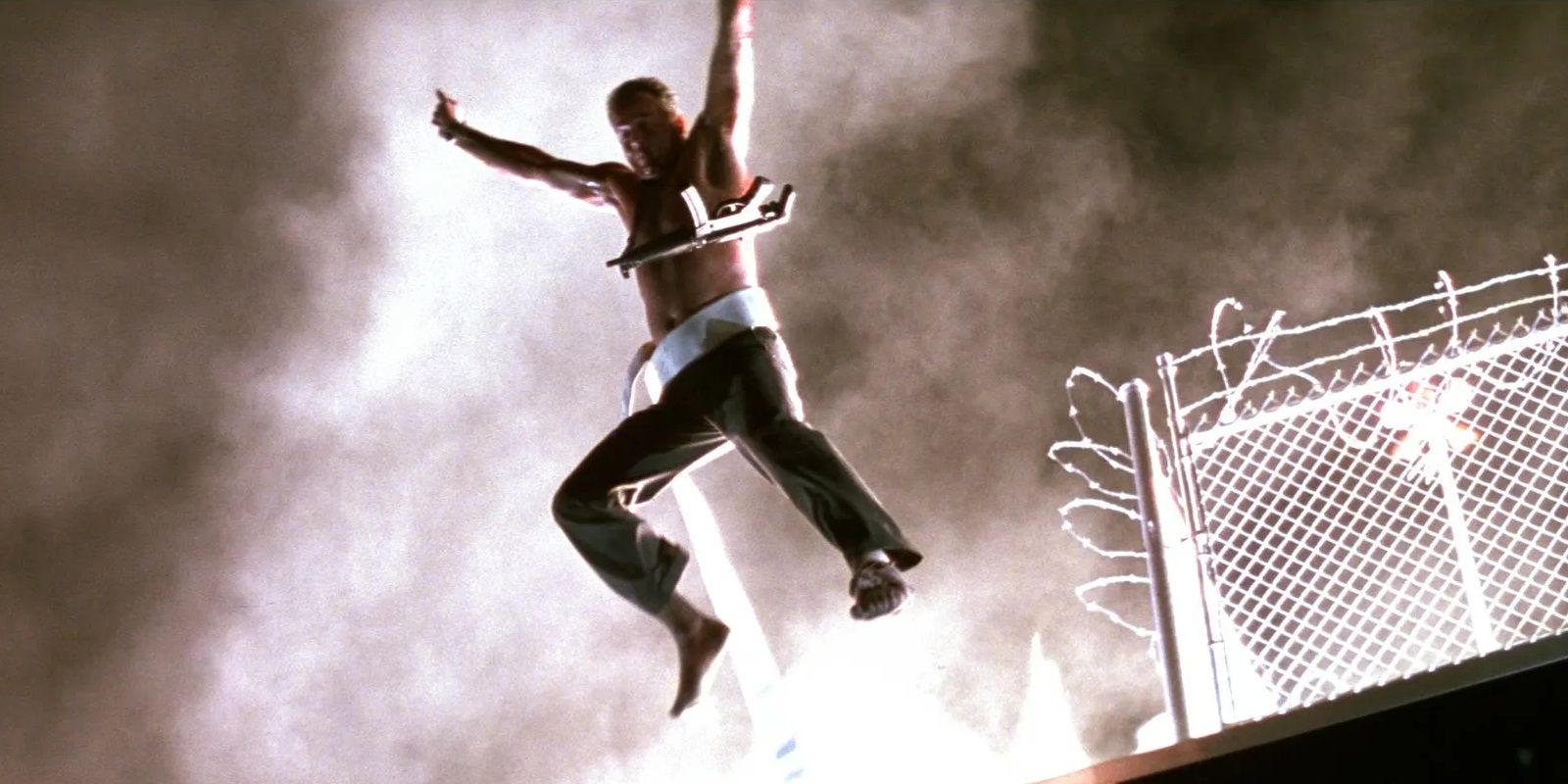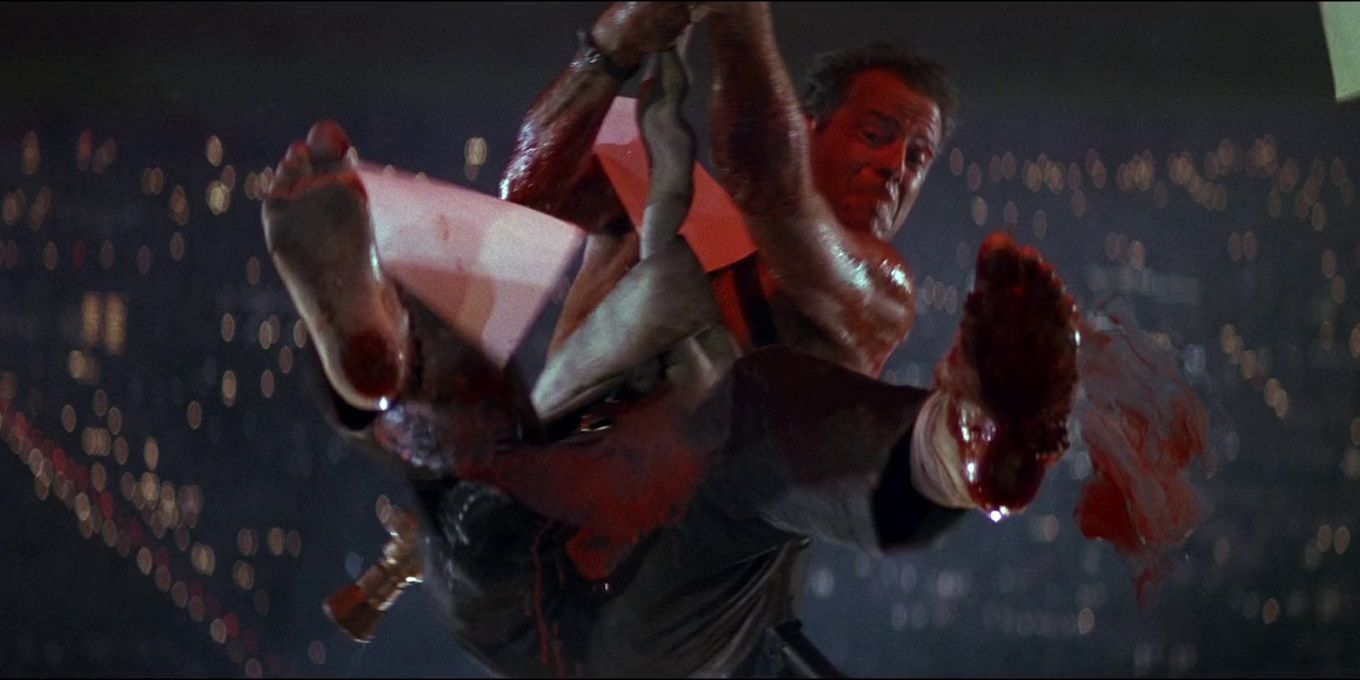John McTiernan’s Die Hard is widely regarded to be one of the best action movies ever made. Some fans even consider it to be the number-one greatest of all time. There are many reasons for the movie’s legendary reputation, from its perfect pacing to its masterfully simplistic premise to its memorable supporting characters, but arguably the one factor that has drawn audiences to this movie in particular is its lead character, John McClane.
‘80s action movies were dominated by musclebound supermen like Sylvester Stallone and Arnold Schwarzenegger who the bad guys never stood a chance against. Bruce Willis’ portrayal of McClane as a flawed, relatable everyman who cuts his feet and gets beaten up and has all kinds of personal problems offered a sharp counterpoint to this.
Stallone and Schwarzenegger are undoubtedly great action stars, and their movies are wildly entertaining, but it’s difficult for the audience to connect with most of their characters on a personal or emotional level. Characters like Marion Cobretti from Cobra, who casually chomps on a toothpick through intense hostage negotiations, and John Matrix from Commando, who can jump out of a plane and emerge without a scratch, are definitely a lot of fun, but they’re not very relatable.
That’s what made McClane stand out. He’s just a regular guy in the truest sense. He’s not the Hollywood idea of an everyman, who’s still ridiculously likable and nice to everybody, the kind of character Tom Hanks or Dwayne Johnson would play. McClane is a real everyman, with noticeable flaws. He’s not a great husband or father, he’s unwilling to adapt to his family’s needs, and he doesn’t really like himself for it.
In his fights with henchmen, McClane always manages to win, but not before taking a brutal beating. Actors like John Wayne and Henry Fonda made sure the western heroes they played never appeared weak, to maintain their hard-earned public image, but Die Hard leans into McClane’s weaknesses to make him a quintessential underdog. It even deconstructs the mythmaking of westerns, as Hans Gruber compares McClane to Roy Rogers. Die Hard’s deconstruction of the western genre (and particularly the familiar cowboy hero) is where the iconic “Yippee-ki-yay” line comes from.
McClane is a traditional hero in that he’s driven to do right thing. After the office Christmas party is besieged, McClane doesn’t run for his life. He climbs up in the vents and starts working on a plan to thwart the terrorists. But he’s not traditionally heroic in that he’s always frustrated with the people he’s trying to save. When he’s crawling through the vents, he talks to himself to stay sane: “Come out to the coast, we’ll get together, have a few laughs...”
One of the most subversive things in Die Hard is McClane’s bare feet. This is planted in the very first scene as McClane’s plane lands in Los Angeles and a fellow passenger tells him that the “secret to surviving air travel” is to take off your shoes and socks, make fists with your toes, and walk around in your bare feet. McClane happens to be trying this out when his estranged wife’s office is attacked by Eastern European terrorists. McClane manages to escape in time to avoid detection, but not in time to grab his shoes. So, not only does he have to take on a band of armed terrorists singlehandedly; he has to do it barefoot.
This running conflict comes to a head when the bad guys shoot all the windows around McClane, surrounding him with broken glass and leaving him with no choice but to run through it. This is followed by a gruesome scene in the bathroom as McClane pulls all the biggest shards out of the soles of his feet, blood gushing out. This very real on-screen pain was a refreshing change of pace for audiences who, in the very same year, saw John Rambo cauterize a painless gunshot wound in his shoulder by pouring gunpowder on it and setting it on fire, all while barely flinching.
It’s a shame that the Die Hard sequels lost touch with McClane’s characterization. He’s the same flawed everyman in the second and third movies, always in the wrong place at the wrong time and making plenty of mistakes. It started to go off the rails in the fourth movie, which saw him easily survive flying a police car into a helicopter, but at least Live Free or Die Hard retained his self-deprecation and talking to himself. The fifth movie really marked the death of the franchise, as McClane is characterized as a generic, seemingly invincible action hero who can fall from a helicopter through a building in the middle of Chernobyl and be absolutely fine. A Good Day to Die Hard may have tarnished the legacy of the franchise, but the 1988 original remains a masterpiece.
It takes more than just a great character to make a great movie. It’s not McClane’s flaws and relatability alone that make Die Hard a timeless classic. Alan Rickman’s oddly charming villain Hans Gruber offers a diabolical contrast to McClane, and director McTiernan perfectly balances the tone between hilarity like Argyle’s antics in the limo and tension like the build-up to Takagi’s murder. But McClane’s everyman characterization and Willis’ committed performance are a huge part of what endeared audiences to this movie, and why it remains a beloved gem to this day.




